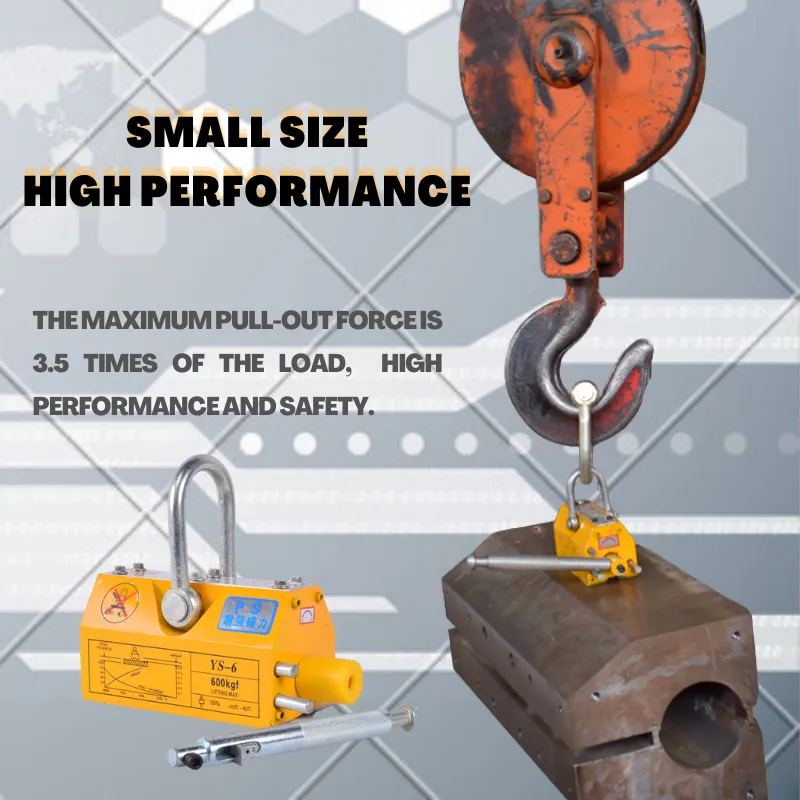one ton gantry crane
The One Ton Gantry Crane A Vital Tool in Modern Industries
In today’s fast-paced industrial environment, the efficiency of lifting and moving materials is crucial to productivity. Among the various tools available for this purpose, the one-ton gantry crane stands out as a versatile and indispensable piece of equipment. This article explores the features, benefits, and applications of the one-ton gantry crane, highlighting its significance in various industries.
Understanding the One Ton Gantry Crane
A gantry crane is a type of lifting device that consists of a frame with two vertical legs supported by a horizontal beam or girder across the top. The one ton designation indicates its lifting capacity, meaning it can safely handle loads weighing up to 2,000 pounds. These cranes are typically made from robust materials, such as steel, ensuring durability and stability during operations.
One of the distinguishing features of gantry cranes is their mobility. Many one-ton gantry cranes are designed with wheels, allowing them to move easily along a track or across flat surfaces. This mobility makes them especially favorable for tasks that require moving materials from one area to another, whether within a workshop, warehouse, or construction site.
Key Features and Specifications
One-ton gantry cranes come equipped with several features that enhance their usability 1. Adjustable Height Many models offer adjustable heights, enabling operators to lift materials to various elevations as needed. This flexibility can accommodate different workspace requirements.
2. Ease of Assembly Most gantry cranes are easy to assemble and disassemble. This portability allows companies to relocate the crane as needed, which is particularly beneficial in temporary job sites.
3. Manual and Electric Operation Depending on the model, a one-ton gantry crane may be operated manually or with the assistance of electric hoists. Electric models often come with remote controls, enhancing ease of use and safety.
4. Safety Features Safety is paramount when it comes to lifting heavy objects. One-ton gantry cranes typically include features such as overload protection, emergency stops, and safety locks to prevent accidental disassembly or collapse.
one ton gantry crane

Benefits of Using a One Ton Gantry Crane
The use of a one-ton gantry crane offers various advantages for businesses and industries
1. Cost-Effective Solution Investing in a gantry crane can be more economical than hiring forklifts or other lifting equipment, especially for smaller businesses that require occasional heavy lifting.
2. Increased Efficiency The ability to move heavy loads quickly and safely increases overall operational efficiency. Workers can complete tasks more rapidly, leading to enhanced productivity.
3. Versatility One-ton gantry cranes are utilized across a wide array of industries, from manufacturing and construction to shipping and warehousing. Their versatility makes them a valuable asset for any business needing to lift heavy payloads.
4. Space-Saving Design Unlike traditional cranes, which often require significant overhead space, gantry cranes can be adjusted to fit into smaller areas, making them practical for workshops with limited vertical clearance.
Applications in Various Industries
The one-ton gantry crane finds its place in many sectors - Manufacturing In manufacturing plants, gantry cranes are commonly used to move steel or components during assembly processes. - Construction Contractors often rely on these cranes to lift and position heavy materials on construction sites. - Maintenance and Repair Garages and repair shops utilize gantry cranes to lift engines and other heavy components for maintenance work.
Conclusion
In conclusion, the one-ton gantry crane serves as a vital lifting tool across various industries. Its mobility, ease of use, and safety features make it an attractive option for businesses looking to increase efficiency and productivity in their operations. As industries continue to evolve, the importance of versatile lifting solutions like the one-ton gantry crane will only grow, underscoring its role in promoting seamless workflows and enhanced operational capabilities. Businesses that invest in such lifting equipment can significantly streamline their processes, reduce labor costs, and foster a safer working environment for their employees.
-
Unlock Seamless Relocation with Our Heavy Equipment Moving ExpertiseNewsJun.06,2025
-
Unleash Unrivaled Flexibility with Our Adjustable Gantry CraneNewsJun.06,2025
-
Unleash Heavy-Duty Efficiency with Our Industrial Gantry Crane SolutionsNewsJun.06,2025
-
Revolutionize Steel Handling with Our Magnetic Lifter RangeNewsJun.06,2025
-
Master Equipment Mobility with Premium Machinery Mover SolutionsNewsJun.06,2025
-
Elevate Your Material Handling with Magnetic Lifter TechnologyNewsJun.06,2025
-
YS Permanent Lifting Magnets: The Smarter Way to Handle SteelNewsMay.22,2025
